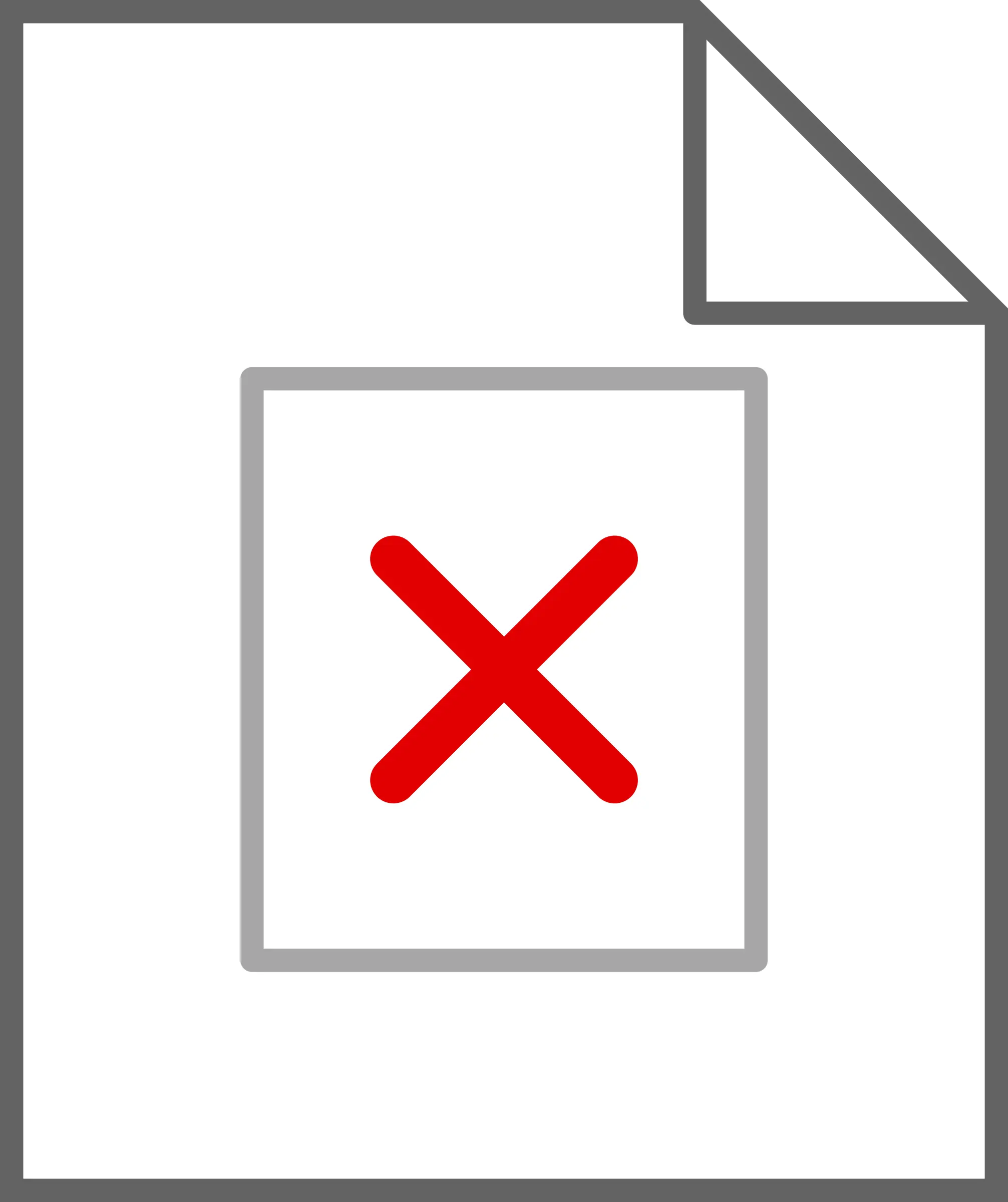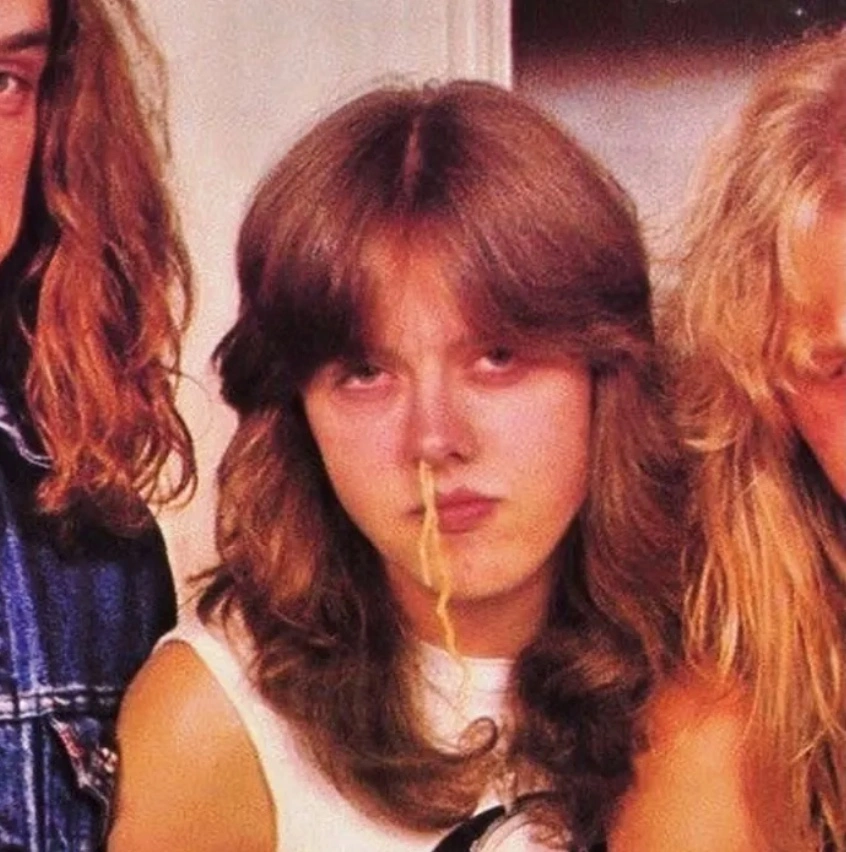I’m on Linux for a couple of years and I love it. Distrohoping never interested me though, I’m content with my flavour. But I need to reinstall my OS soon and it gives me headaches. So many settings I changed, applications I installed, configured and forgot about.
Now I read about all you guys constantly distrohopping for fun, how do you even do this? Do you start from scratch, explore everything and leave after months of putting in all the work of making an OS your own!? Or do you just casually check it out a couple of days? What do you do with all your music, pictures, addons, portable software?
You can backup you home-directory and add it back into the newly installed OS. Some of the more dedicated distro-hoppers will even have the home-directory on a separate partition, which they don’t overwrite during installation and rather just mount into the new OS.
The home-directory contains all your music, pictures, add-ons and portable software. It also contains your configurations under
~/.config/and local files of applications under~/.local/.
After you’ve reinstalled, you won’t have all the same applications installed, but once you reinstall them, they should pick up the configuration from those folders and work as you expect. Sometimes, your new distribution/installation might use different versions of that particular software, so it’s not guaranteed that everything works perfectly, but it does work pretty well.I’d go 1 step further and insist on putting
homeon a separate partition anyway - helps with issues like running out of diskspace.To answer the original question, boot the distro’s ISO from a USB stick and try that (/those) before you actually install anything. You might find some hardware’s not supported (ie wifi) until you do a full install, but at least you can eliminate the distros you don’t like, quickly.
helps with issues like running out of diskspace
Or causes that problem if you don’t manage to predict your usage patterns correctly. I have seen many people run out of space on one or the other but have plenty overall and would not have had a problem with a single partition.
Yeah, don’t get me wrong… many a time I’ve had to boot gparted and resize partitions, but, the system isn’t affected if you download too much and / or you don’t lose data if the system’s full.
Huh? You seem to be arguing both ways? If the system drive is full you have problems well before you risk losing data and if the home drive is full you have problems saving data? Both of these things can happen in a split partition or single partition setup. The split partition just means you have to get the space correct or end up with long resizing options for juggling the size around. And with a single partition it gives you more places to free up space when you do run out.
Need to save a file but the disk is full? Clean out the package manager cache. You cannot do that if the partitions are separate. An update does not have enough space? Delete a steam game or clear out your downloads folder.
Ext also has a reserved space option which when there is less free space than that option it refuses writes to anything but the root user - which is meant to solve the issue of a user trying to use up to much space, there is always a reserved bit that the system can do what it needs to. Though I have never seen this configured correctly for a running system and root can blast past the default 5% on smaller drives with a simple update. Or some other process is running as root is already consuming that space.
Other partition types like btrfs have proper quotas that can be set per directory or user to prevent this type of issue as well and gives you a lot more control over the allocated space without needing to reboot into a live USB to resize the partitions.
People seem to think a split partition helps but I have generally found it just causes more problems then it solves and there are now better tools that actually solve these problems in more elegant ways.
Sorry for the confusion there, trying to be too concise in a short reply.
I get the points you’re making; I’ve been there, done the root space recovery thing (the default can be a massive amount of space with modern drives, so I’ve changed it on several systems). I’ve setup lvm across drives, used btrfs (& sunvolumes), etc, so I know where you’re coming from. Never seen quotas actually used out in the wild of (generally) single user domestic settings.
But, moving
/hometo a separate partition, drive(s), etc. provides flexibility - in this case, the OP’s point of distrohopping.
Not sure but it seems to me most major distributions offer you to do a separate /home partition by default? I may be wrong but this happens with the likes of Fedora and Ubuntu? Or at least they do recommend to make it that way
It might have to do with my being an old fart, but having at least home on a separate disk or partition seems like basic stuff. I’ve always done it that way.
Of course back in the day, everything had its own partition.
Yeah, I like
/varto be in it’s own partition so I can keep my system(s) under close control, and a separate/bootseems to be necessary these *EFI days
Or 1 step even further and use a btrfs partition with subvolumes for root, home, etc. Then you’re not even stuck with a specific amount of disk space for each. (But you may be limited depending on the specific distro installer support for btrfs. In theory you can always just mount the subvols yourself and point the installer at them, but YMMV).
I recommend keeping a separate boot partition though.
You don’t actually require a separate partition - you just need to not reformat the current one when reinstalling. Most distros I have seen will delete system folders if you don’t format but will always leave the home folder intact. Manually deleting the system folders is also an option if the installer does not.
TBH I am not sure a separate partition actually buys you anything but false confidence (which we do sometimes need ;) ). During the partitioning phase you can easily delete or format the wrong one (hell, if you only have one then it is less error prone to skip it all together). And after that step the drives are mounted and there is nothing protecting your files from the installer deleting them. It is just installers don’t touch the home folder or anything other then the system ones if it is on one partition or 50 different ones - it just sees the files in the directory it wants to install to. The only way a separate partition would add protection is if it were mounted after the install - which I do not know of any installer that actually does that.
As with anything. ALWAYS backup the data you care about before installing a new OS. The separate partition does NOT protect your data from deletion in any way. Leaving your home folder is simply a convenience option so you don’t need to restore all your files after the installation - not a replacement for a backup.
When I was doing it I started from scratch, you can generally keep your home directory intact between distros though, settings and data stay
I don’t distrohop much these days because I’m happy with where I am. But I actually enjoy having a clean start once in a while; going back and experiencing the defaults for a time helps clarify which customisations are actually really useful and which ones I’m just stuck in a rut with which happens a lot more than I usually expect. Of course I back up all my data/media and move that across, but configurations I like to approach with a clean slate. It’s quite freeing to know that I can just wipe and reinstall my system at any time without much difficulty.
Okay any time I mention this product I get roasted but I don’t care because I like it. There is a program called aptik and basically it backs up all your settings and home folder and then can be restored if you need to reinstall. https://store.teejeetech.com/product/aptik/
It’s a one time purchase. I bought my copy like maybe almost 10 years ago and still use it. I used to have a script that I would maintain manually for this sort of thing but this is much easier. I also like that it will update strings and stuff for you when going from one version of a distro to another or between distros. You can also easily go in and uncheck things if you don’t want them or only revert certain parts of the backup and not others. it has 100% saved my butt a few times especially where I had some weird config on a piece of software and after a restore it worked just like before. In my opinion this is also a better option than a diskimage because of the customization of the restore and the fact that you can do it I guess my biggest issue with it is it’s not free software which is kind of annoying however it’s just one dude and the license is very bare bones so it’s not like he is trying to get away with anything with this tool.
I prefer to do it clean and manually transfer files, because I usually don’t want a copy paste of my previous setup. For files that are just, for lack of a better way of putting it, personal storage (ie the files that are not dotfiles in my home directory, eg pictures and documents etc), they are on a Nextcloud.
I used to just do it from scratch each time but when I went to Debian years ago I didn’t need to distro hop again as it is just a rock solid distro and it just keeps going. If migrating a machine I usually just copy the home dir after ive set up the machine.
All my stuff is on a network drive (movies and other big files). All configuration of apps is in git (their config files).
Makes it easy to start over.
I just reinstall apps I need, it’s so simple with Linux and package managers handling it all.
I don’t distrohop but I do backup my home folder which also contains most of my settings & tweaks. I also keep a simple list of all the apps/packages I have installed in a text file.
I had to reinstall a few weeks a go (new SSD) and it took me maybe 10 minutes to make the base install + all my apps ( ‘sudo apt install’ with a copypaste of my list of apps), and then the time required to copy my home folder too (which was fast). Add to that the couple apps I have to manually install (like Filen for the cloud, Bitwarden for passwords) and that’s it. It’s really one of the things I appreciate since I switched to Linux (coming from Mac where a fresh install now takes… a lot of wasted time).
What do you do with all your music, pictures, addons, portable software?
I sync them to a NAS using Syncthing. Not just when switching but always. Already saved my ass several times.
Which NAS supports Syncthing?
Whichever one you install it on.
deleted by creator
So many settings I changed, applications I installed, configured and forgot about.
Yeah this gives me existential dread as well. This is why my next distro will probably be NixOs. Their distro’s philosophy is designed off of a configuration based environment.
That hypothetically solves all those problems, although I’m sure it adds some new ones of its own.
Get a spare computer. Then you will feel more inclined to mess with it. And your main computer is always ready to look up issues and set up boot USB sticks. You will definitely try out lots more distros without hesitation.
And there are some cool mini PCs to buy quite cheap.
I set up a server with all my stuff on, and use syncthing for syncing my files, and self hosting for services. I mostly use vanilla configs for apps, and prefer distros with good defaults.
Some time ago I switched to Bluefin, and stopped distro-hopping 😅
As someone who distrohoped quite a bit, let me give you some advice:
- Try the new distro in a VM first.
- Configure your distro as you want and put all the commands you used in a script to use when you make the switch.
- Ask your self, what do i get from distrohoping? Is it really worth it?
- Create a dotfilles git repo with all of your configs. Create a script to install your dotfiles easily. (Either by copying them to .config or creating symlinks)
Remember that, at the end, linux is linux, remember that you can customize you distro to look exactly like the fancy one you saw.
I don’t. I switched to Bazzite after using EndeavourOS for a while, and those are the only two I’ve used. I see no reason to ever go back from Bazzite though.
With immutable distros you can “rebase” very easily to a different immutable distro with literally one command. I haven’t really messed with it yet, but it seems pretty straightforward.
That’s me and Bluefin now.
I’m really interested in an immutable distro. I installed Silverblue on a friend’s laptop, tried it, liked it but I’m on Linux Mint and I don’t want to switch. Immutable Mint Debian Edition would be great. :)










